Persian Gardens of Iran
The UNESCO Sites
One of Iran’s main tourist attractions is Iranian historical gardens, which are situated in different regions of Iran. UNESCO collected 9 gardens under the name of the Persian Gardens and registered them in their heritage sites in 2011.
Across time and in various climates, this type of designed garden has taken on a multitude of forms. Chahar Bagh, or the Persian Garden’s original principle, adapts in new ways over the centuries. It first matured in the garden of Cyrus the Great’s palace complex, in Pasargadae, more than two thousand years ago. Persian Garden exemplifies the ideals of art, philosophy, symbolism, and religion through a combination of natural elements and man-made elements. In a way, the Persian Garden is an Earthly Paradise or Eden.
| No | Name of the Gardens | Region | Province/ City |
Geographical Coordinates |
| 1 | Ancient Garden of Pasargadae | Iran Plateau | Fars/Shiraz | N: 30˚ 10΄ 0.0΄΄
E: 53˚ 10΄ 0.0΄΄ |
| 2 | Bagh-e Eram | Iran Plateau | Fars/Shiraz | N: 29˚ 38΄ 10.03΄΄
E: 52˚ 31΄ 31΄΄ |
| 3 | Bagh-e Chehel Sotun | Iran Plateau | Esfahan/Isfahan | N: 32˚ 39΄ 27΄΄
E: 51˚ 40΄ 20΄΄ |
| 4 | Bagh-e Fin | West of Dasht-e Kavir Desert | Esfahan/ Kashan | N: 33˚ 22΄ 20.53΄΄
E: 51˚ 22΄ 20.53΄΄ |
| 5 | Bagh-e Abas Abad | Caspian Sea | Mazandaran/ Behshahr | N: 36˚ 39΄ 50΄΄
E: 53˚ 35΄ 38΄΄ |
| 6 | Bagh-e Shahzadeh | South west of Dasht-e Lut Desert | Kerman/ Mahan | N: 30˚ 01΄ 30΄΄
E: 57˚ 16΄ 59΄΄ |
| 7 | Bagh-e Dolat Abad | Iran Plateau | Yazd/Yazd | N: 31˚ 54΄ 12.30΄΄
E: 54˚ 21΄ 6.59΄΄ |
| 8 | Bagh-e Pahlavanpur | Iran Plateau | Yazd/ Mehriz | N: 31˚ 33΄ 36.6΄΄
E: 54˚ 26΄ 25.21΄΄ |
| 9 | Bagh-e Akbariyeh | Desert (North of Dasht-e Lut) | Southern Khorasan/
Birjand |
N: 32˚ D1΄ 10΄΄
E: 59˚ 13΄ 40΄΄ |
1. Ancient garden of Pasargadae
2. Bagh-e Eram
3. Bagh-e Chehel Sotun
4. Bagh-e Fin
5. Bagh-e Abas Abad
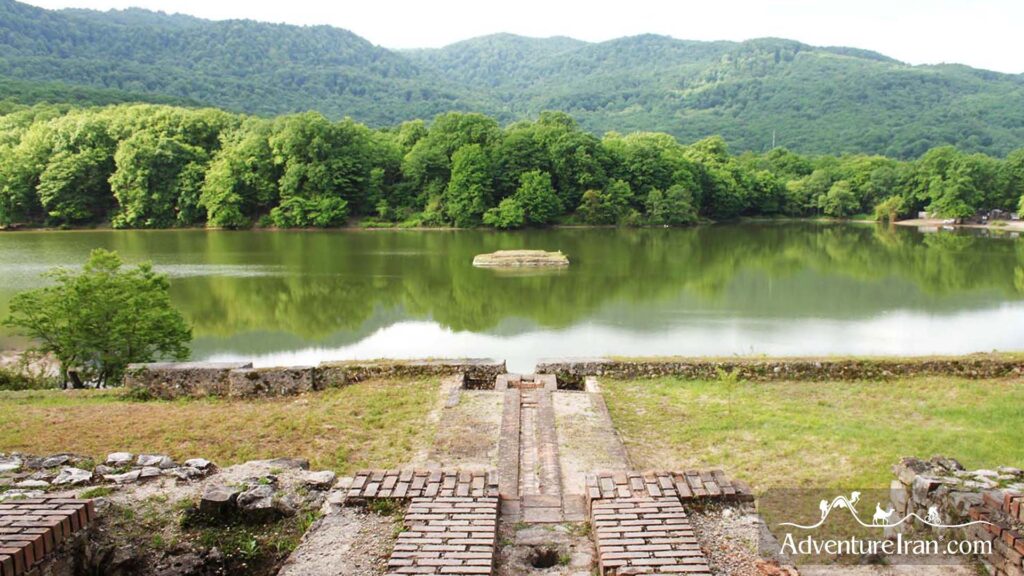
6. Bagh-e Shahzadeh
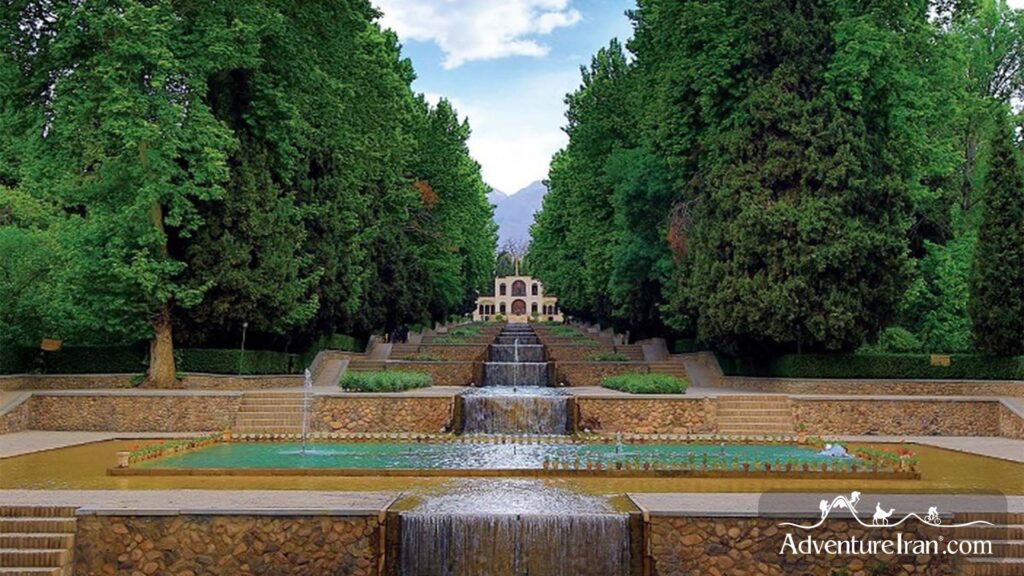
7. Bagh-e Dolat Abad

8. Bagh-e Pahlavanpur
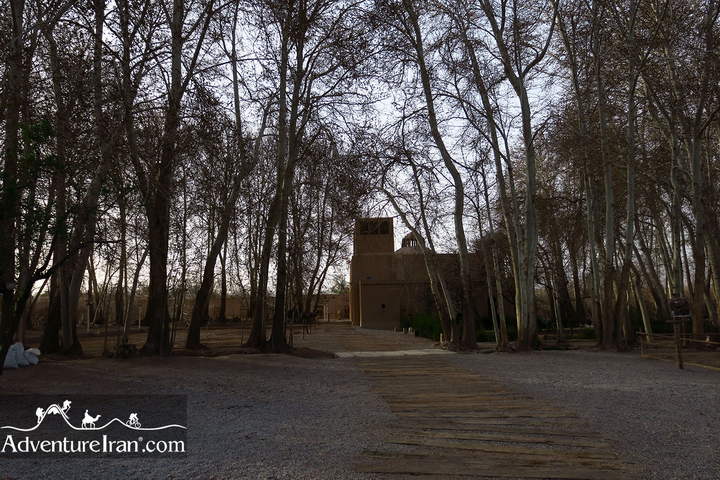
9. Bagh-e Akbariyeh
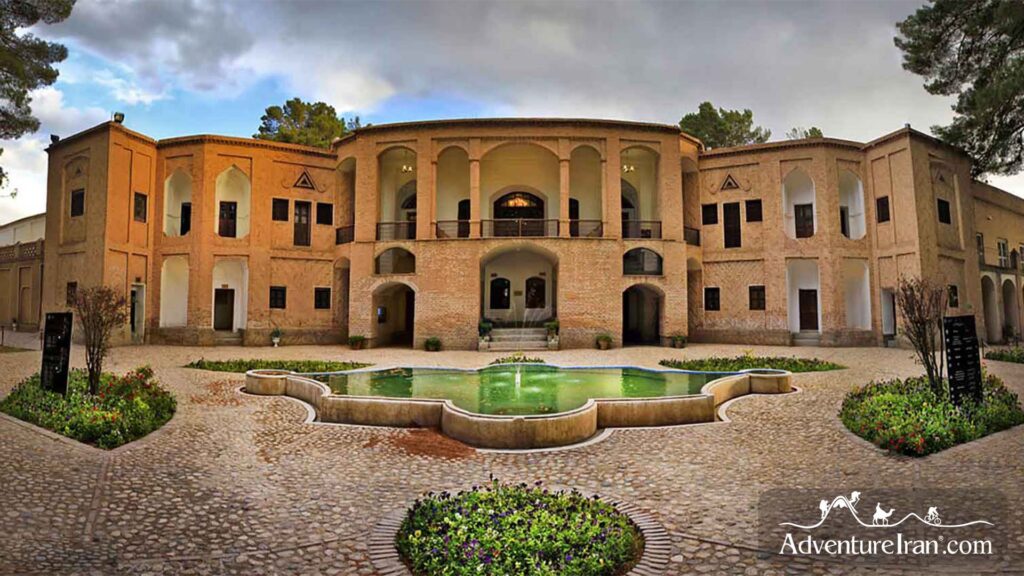

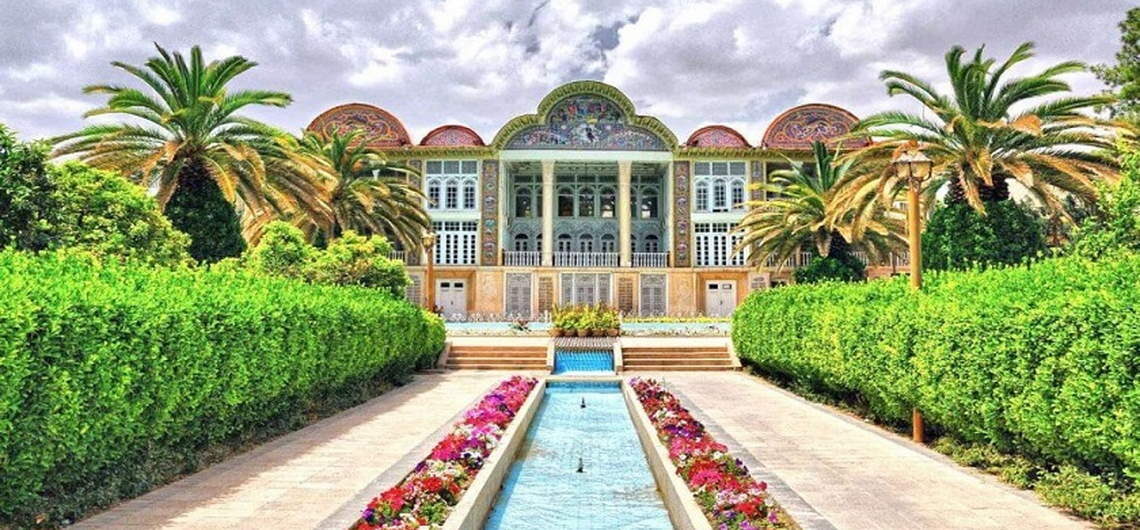

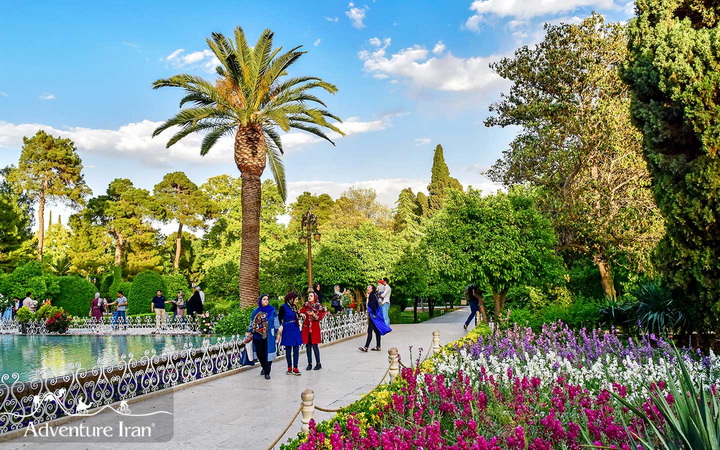
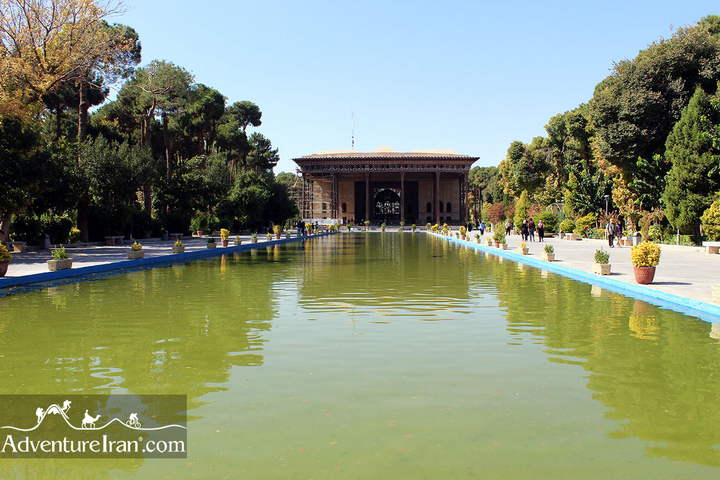
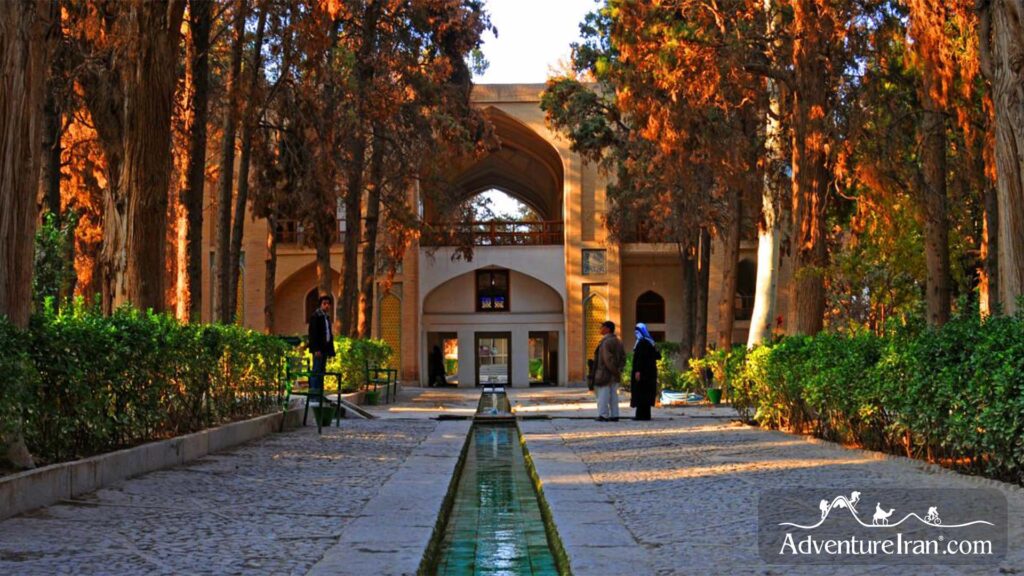
Comments